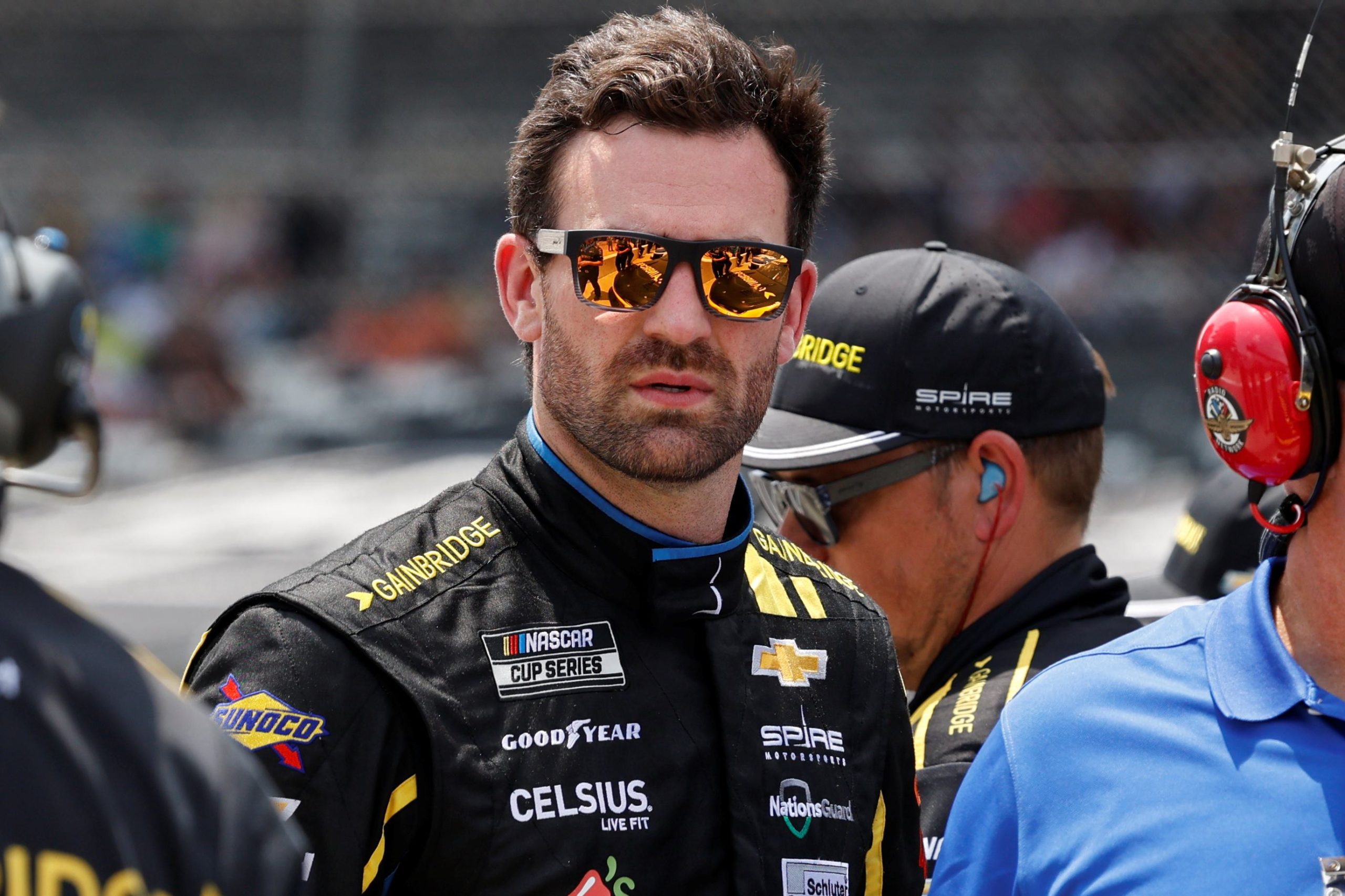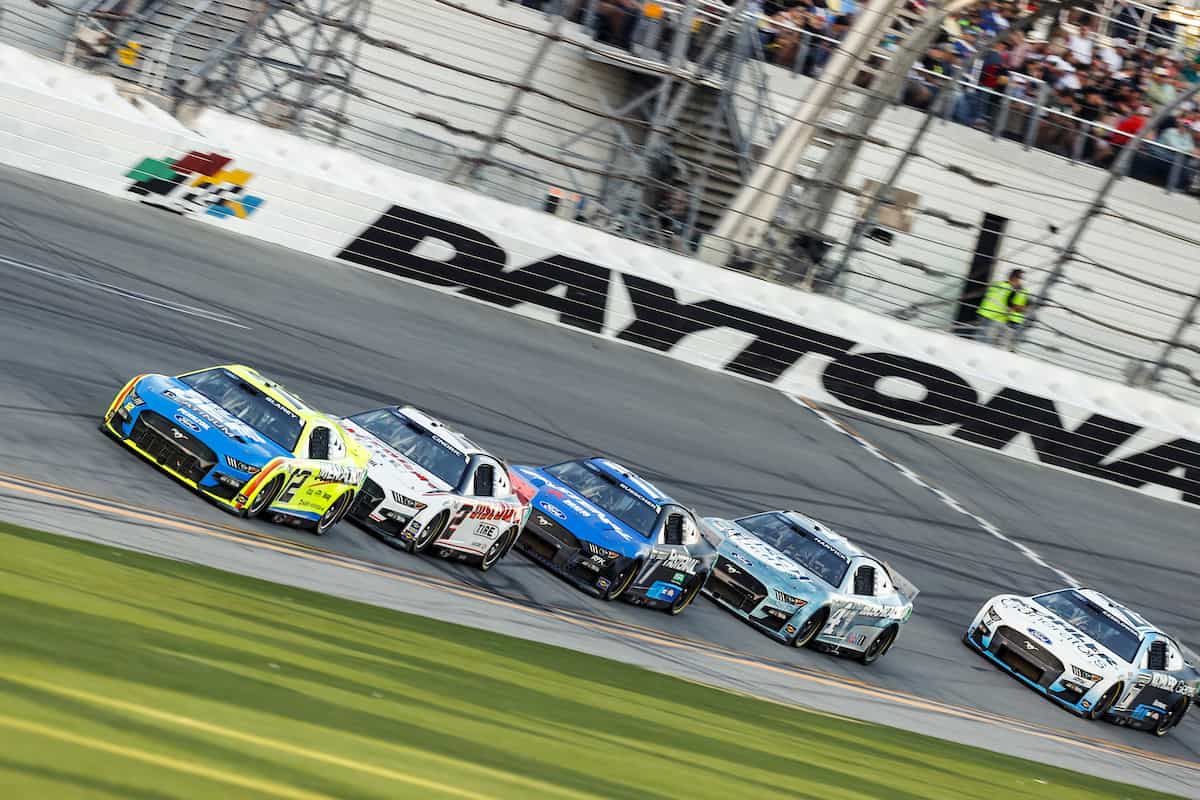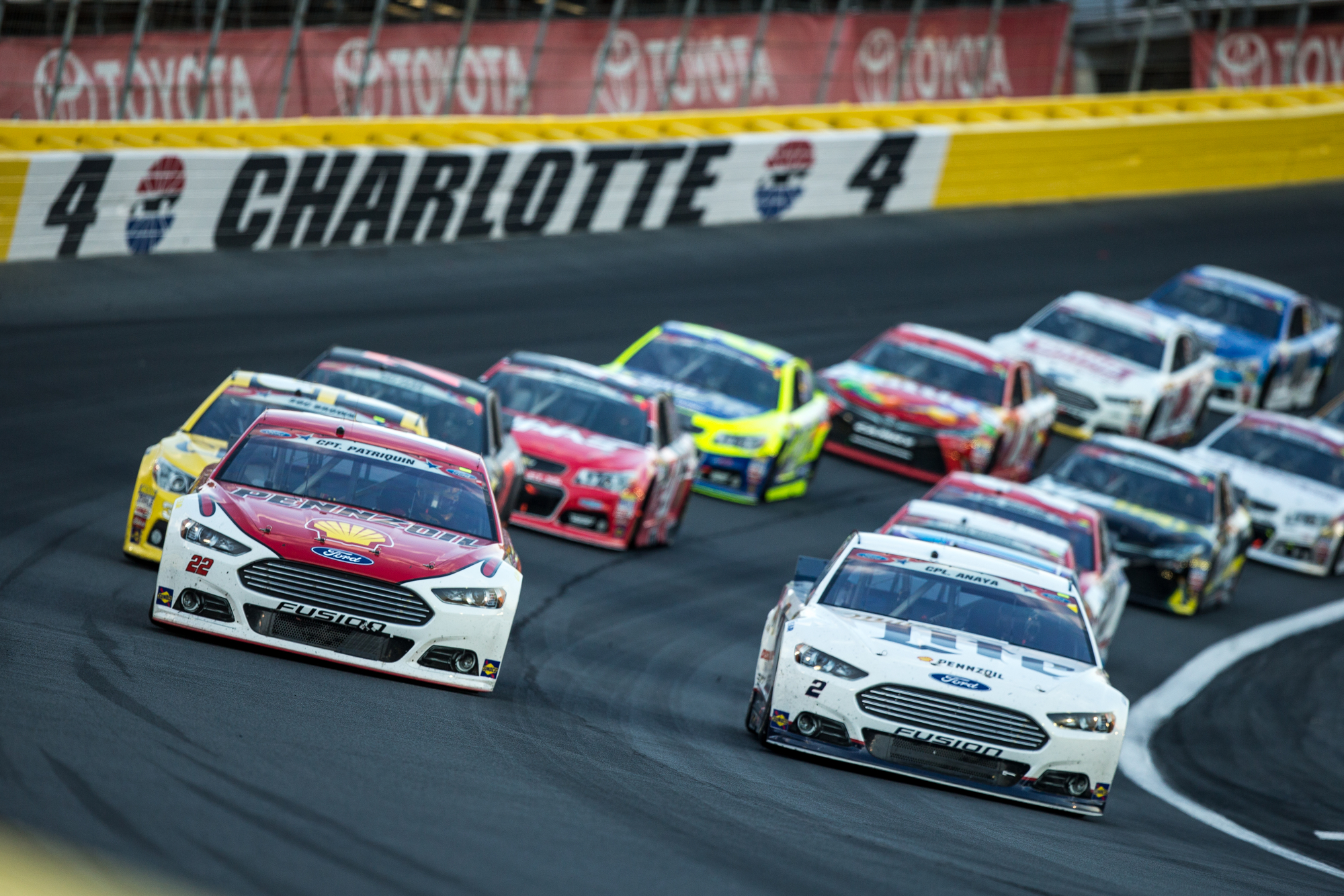Is a NASCAR or Formula 1 car faster?
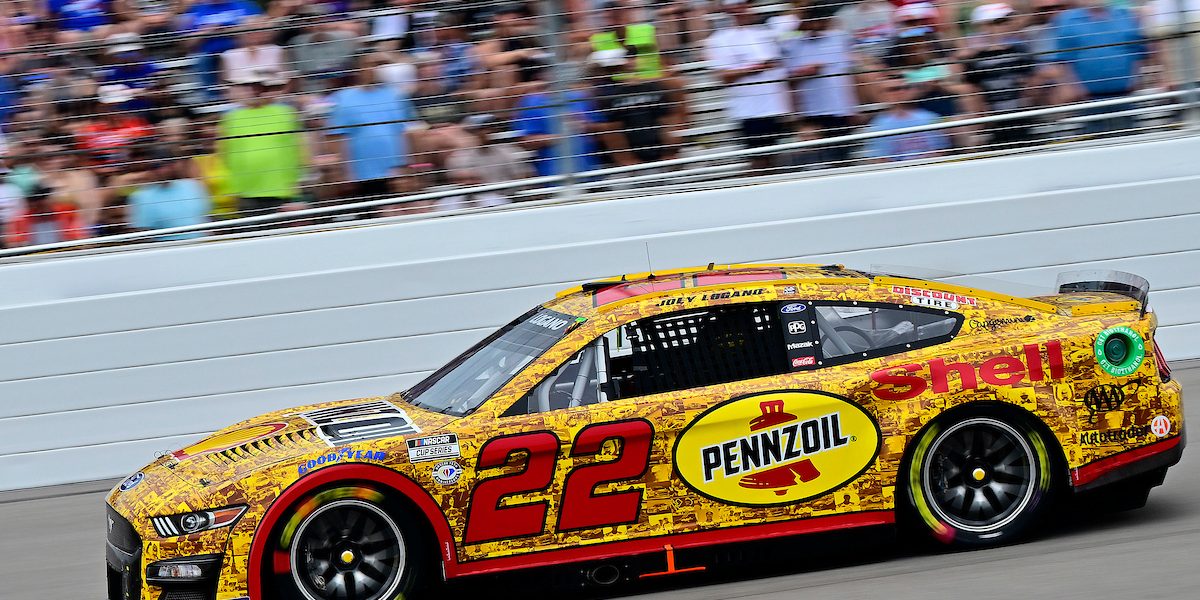
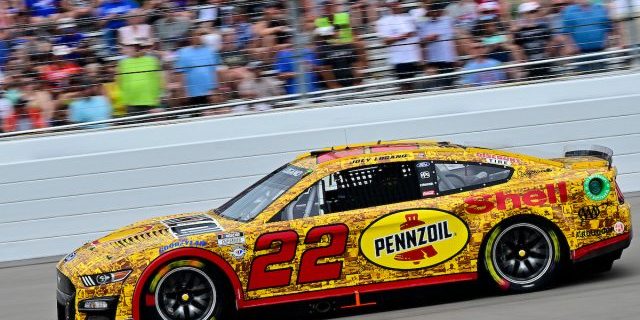
You’re a motorsport fan or perhaps just curious about high-speed racing vehicles. The question has crossed your mind: is a NASCAR or a Formula 1 car faster?
In simple terms, Formula 1 cars are generally faster than NASCAR vehicles.
Table of Contents
In this article
In this article, we’ll delve deep into the specifics that make Formula 1 cars faster, explore the variables that might affect speed in both types of vehicles, and address other related questions you may have in your quest to become a motorsport connoisseur.
A Detailed Explanation of Speed Variabilities in Motorsports
Aerodynamics
One of the major factors that contribute to the speed of a Formula 1 car over a NASCAR vehicle is aerodynamics. Formula 1 cars are designed with an acute focus on aerodynamic efficiency. They are engineered to slice through the air with the least resistance possible, while NASCAR vehicles have a more traditional, stock-car design that is not optimized for aerodynamics to the same degree.
Engine Performance
Formula 1 cars employ highly advanced, turbocharged hybrid engines that can produce up to 1000 horsepower. NASCAR vehicles, on the other hand, use naturally aspirated V8 engines that produce around 750 to 800 horsepower. The advanced engine technology in Formula 1 gives it a significant edge in terms of speed.
Weight and Material
Another crucial aspect is the weight and material of the cars. Formula 1 cars are made from composite materials like carbon fiber, making them lighter and more agile. NASCAR vehicles are heavier, often constructed from steel and other metals, which naturally limits their speed and agility.
The Role of the Track
Tracks also play a significant role. Formula 1 tracks are often comprised of a mixture of straights and high-speed corners, allowing these cars to showcase their top speeds. NASCAR tracks, especially oval ones, might not offer the same opportunities due to their design.
Here’s everything else you need to know to get a comprehensive understanding of this intriguing motorsport question.
Why Do NASCAR Cars Appear Faster?
NASCAR races often give the impression of higher speed due to the close proximity of the cars and frequent overtaking. The reason behind this is the oval shape of most NASCAR tracks, allowing for more wheel-to-wheel action. In addition, the heavier weight of NASCAR vehicles adds to their momentum, making them appear faster in a straight line.
Handling: The Trade-off for Speed
While Formula 1 cars are faster, they trade off in terms of handling during wheel-to-wheel racing compared to NASCAR cars. The aerodynamic design of Formula 1 cars makes them sensitive to turbulence, which makes close-quarters racing more challenging. NASCAR vehicles are designed for more contact and can handle bumps and nudges better.
Cultural Impact and Popularity
While speed might draw fans initially, the cultural impact and popularity of the respective motorsports also contribute to perceptions of speed. Formula 1 has a more international fan base and is often considered more glamorous, while NASCAR enjoys immense popularity in the United States and has a more ‘grassroots’ feel.
The Importance of Driver Skill
In any racing sport, the skill of the driver plays a significant role in the overall speed and performance of the vehicle. In Formula 1, drivers often come from a background of karting and open-wheel racing, honing their skills in quick decision-making and agility. In NASCAR, the drivers may have a background in stock car racing, dirt tracks, or other types of motorsports that require a different skill set, such as endurance and car handling in tight traffic.
The Role of Strategy in Speed
Strategy can often be as important as raw speed in determining the outcome of a race. Formula 1 incorporates elements like pit strategy, tire choices, and fuel management into the race, adding layers of complexity. In NASCAR, the strategy might be more straightforward, but elements like drafting, pit stops for tire changes, and fuel top-ups can be equally crucial.
Technological Advancements and Future Trends
The realm of motorsports is always evolving, with technological advancements continually pushing the boundaries of speed. Formula 1 has been at the forefront of many of these advancements, including hybrid technology and aerodynamic innovations. NASCAR is also evolving, with discussions around hybrid engines and other changes that could make the cars faster in the future.
Is a NASCAR or Formula 1 car faster? – Final Thoughts
By now, you’ve gained a nuanced understanding of what makes a Formula 1 car generally faster than a NASCAR vehicle. From aerodynamics and engine performance to the influence of the track and strategy, various factors contribute to the speeds you see on the racetrack. But remember, speed isn’t the only thing that makes motorsports exciting. The skill of the drivers, the strategies employed, and even the cultural aspects add layers of intrigue and enjoyment to these high-octane sports. Keep diving deeper, and you’ll find that the world of motorsports has much more to offer than just speed.
You may also like…
Is NASCAR And F1 The Same? Exploring The Differences In Motorsports
Is a NASCAR or Formula 1 car faster? – FAQ
Q: What is the average speed of a Formula 1 car?
A: The average speed can vary depending on the track, but it usually ranges from 130 to 230 mph.
Q: How fast do NASCAR cars go?
A: NASCAR speeds can also vary but usually hover around 150 to 200 mph.
Q: Can a Formula 1 car drive upside down?
A: Theoretically, yes. The aerodynamic downforce is so strong it could allow the car to drive upside down in a tunnel, although it has never been tested for obvious reasons.
Q: Is there a speed limit in the pit lane for both sports?
A: Yes, both Formula 1 and NASCAR have pit lane speed limits to ensure the safety of crew members.
Q: How many G-forces do Formula 1 drivers experience?
A: Formula 1 drivers can experience up to 6G during heavy braking and cornering.
Q: Do NASCAR cars have speedometers?
A: Unlike Formula 1 cars, most NASCAR vehicles don’t have traditional speedometers. They rely on tachometers to gauge speed.
I hope this comprehensive guide has answered your questions about the speed differences between Formula 1 and NASCAR. Thank you for reading!


